Thank you for helping me LEARN HOW TO STAY HEALTHY.

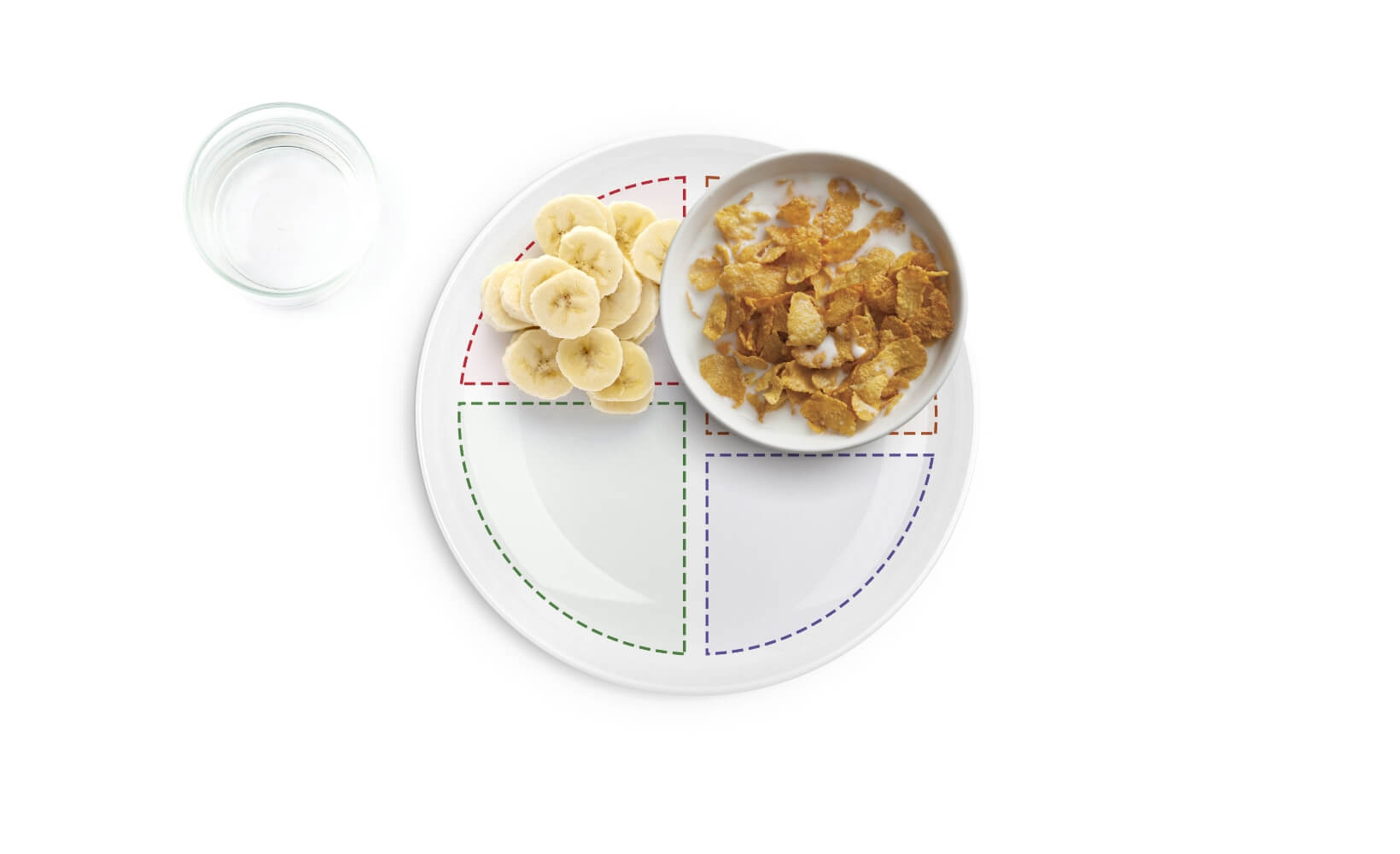
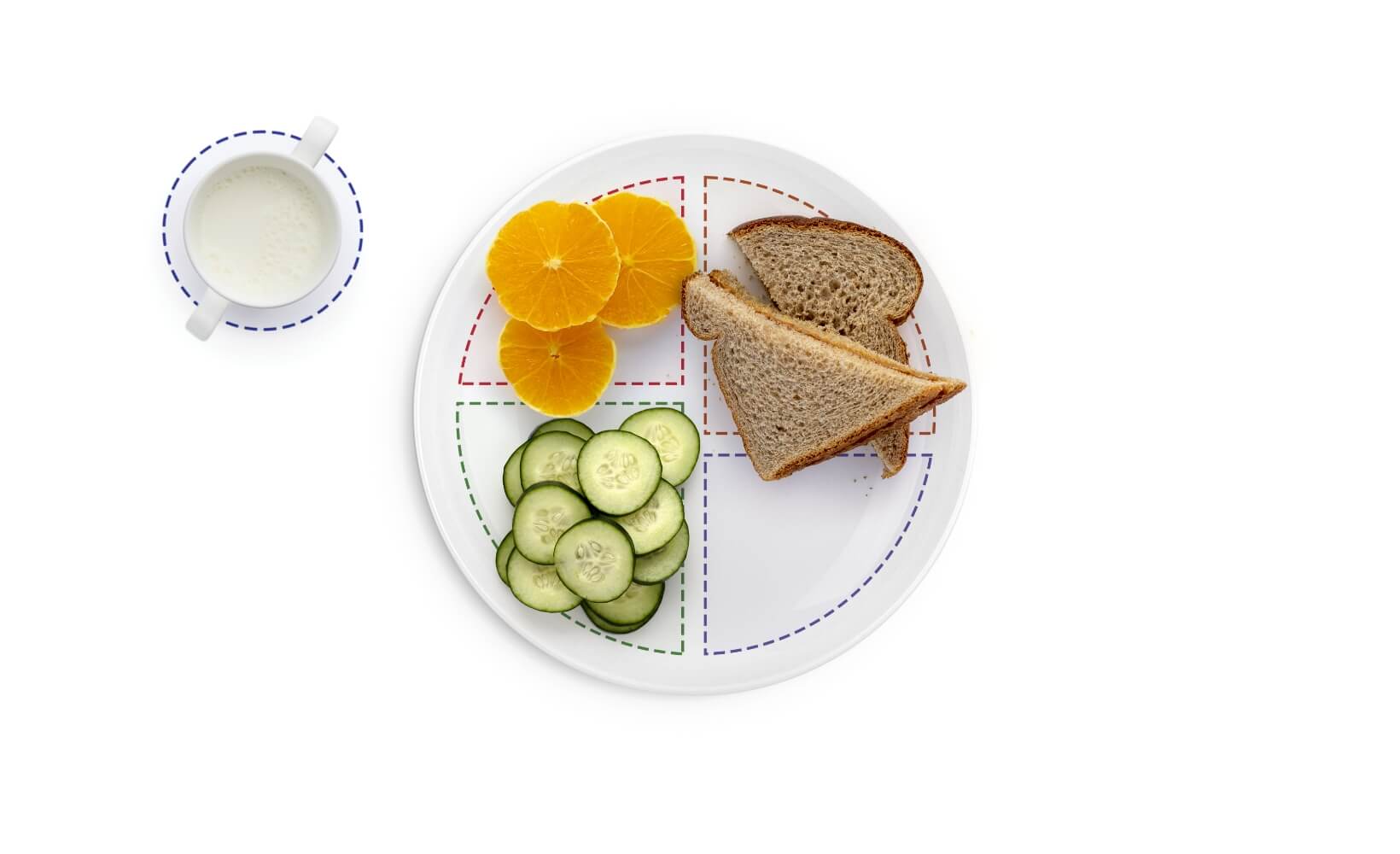
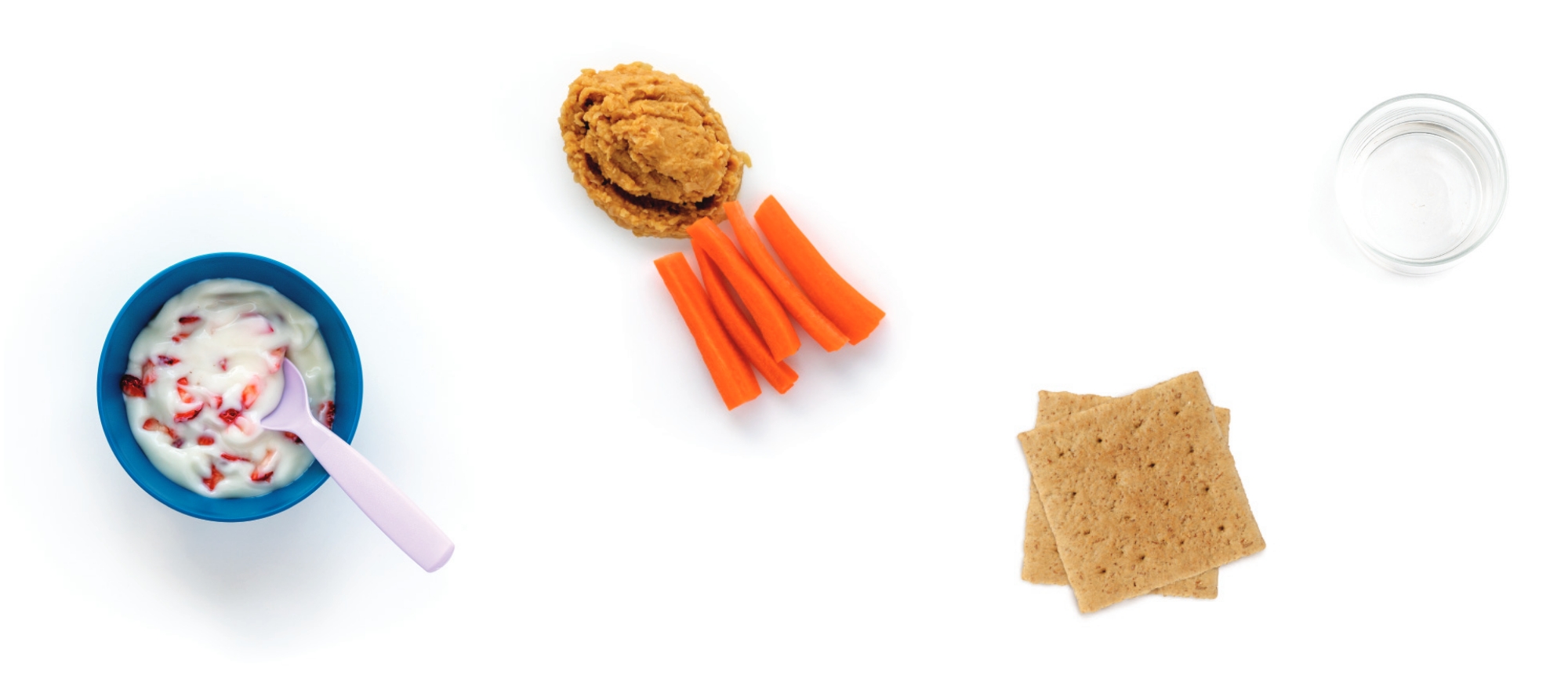
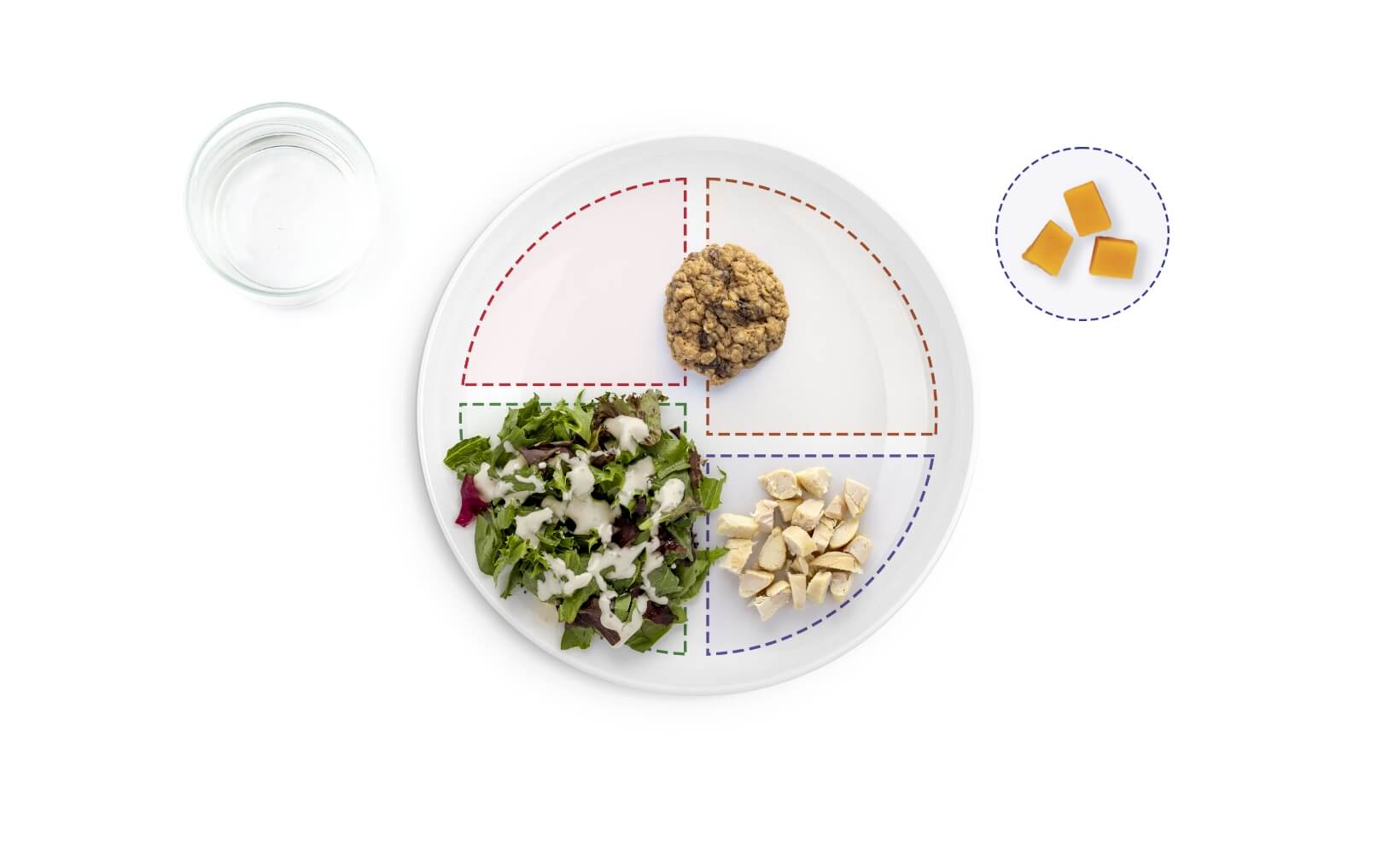
3 servings a day
1 serving = ½ cup
(1½ cups total)
Cooked or soft, raw fruit.
Mashed, sliced, or chopped.
Offer a variety: red, yellow, orange, blue, and green.
3 servings a day
1 serving = ½ cup
(1½ cups total)
Mashed, sliced, or chopped veggies.
Offer a variety: dark green, orange, red, yellow, and purple.
8-10 servings a day
1 serving = ½ ounce
(4-5 ounces total)
Whole grain bread, tortillas, rice, or noodles.
Dry or cooked cereal.
3-5 servings a day
1 serving = 1 ounce
(3-5 ounces total)
Cooked lean meat, poultry, or seafood.
1 egg.
¼ cup cooked beans, peas, or tofu.
1 tablespoon of peanut butter.
5-6 servings a day
1 serving = ½ cup
(2½ cups total)
Low-fat milk.
Yogurt.
1 inch cube or 2 tablespoons shredded cheese.
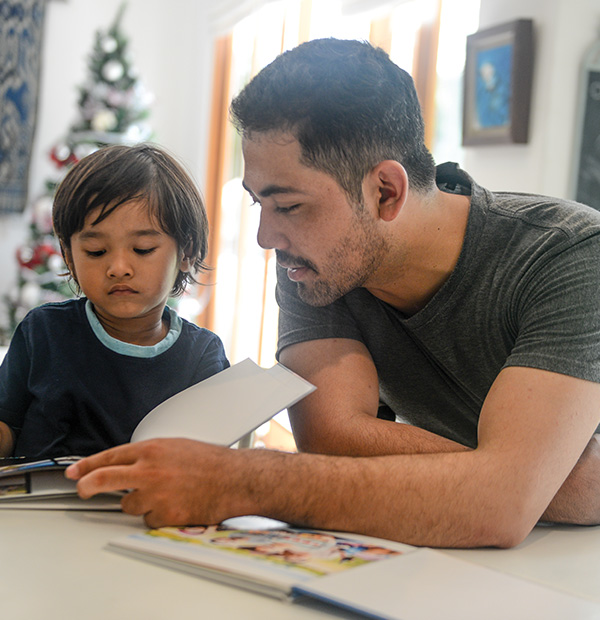
Remind me to brush and floss my teeth every day. Take me to the dentist to get my teeth checked.
Washing our hands helps us stay healthy. We should wash them often for at least 20 seconds with warm water and soap.
I need simple rules. Set limits on when, where, and how often we have screen time. Talk about what I’m learning as we watch together, and keep me safe from what I shouldn’t see. Let’s focus on each other during meals and snacks, not a screen.
Side-Lying Hold
This hold is useful when:
Cross-Cradle Hold
This hold is useful when:
Clutch or “Football” Hold
This hold is useful when:
Cradle Hold
This hold is useful when:
Laid-Back Hold
This hold is useful when: